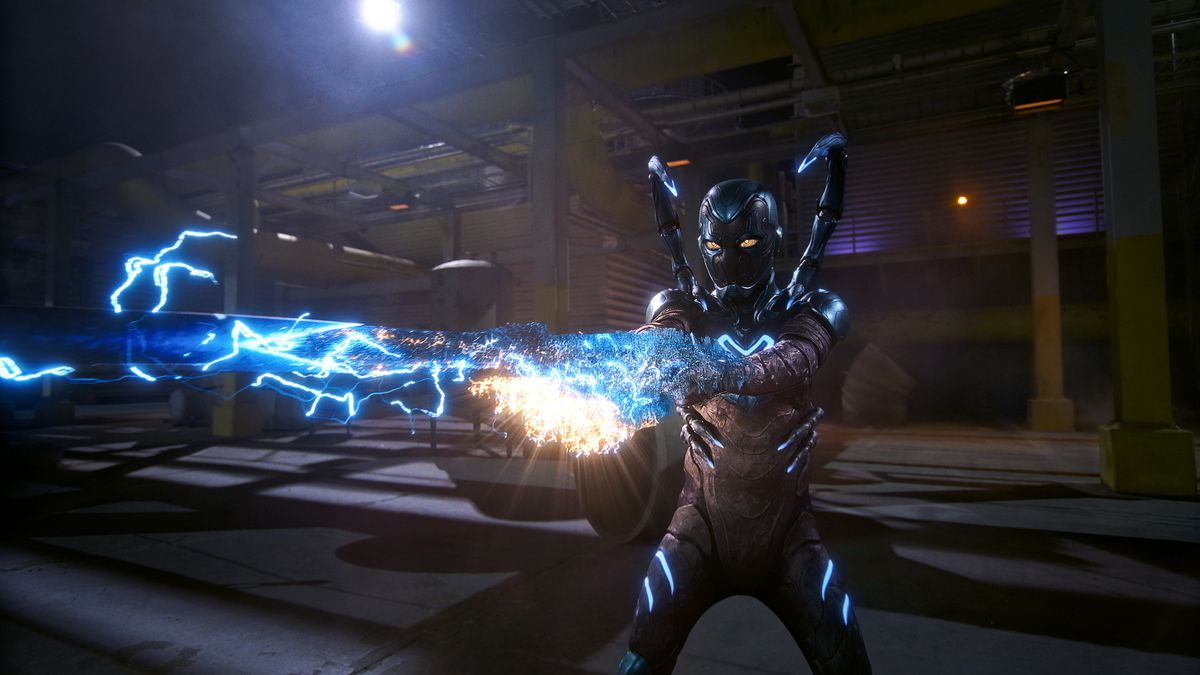The live-action Avatar: The Last Airbender isn’t supposed to be a shot-for-shot remake of the original animated series. After all, with only eight episodes instead of the first season’s 20, there’s a lot to be condensed and cut and changed. But the showrunners behind the new Avatar did add something to the very beginning.
[Ed. note: This post contains major spoilers for the first 20 minutes of the live-action Avatar: The Last Airbender.]
:no_upscale()/cdn.vox-cdn.com/uploads/chorus_asset/file/25275272/AVTR_01279_marketing_stills_20240110.jpg)
Unlike the animated series, Netflix’s Avatar: The Last Airbender doesn’t start with Katara and Sokka. It starts 100 years prior, when Fire Lord Sozin decides to destroy every last airbender. By placing false plans into the hands of the Earth Kingdom, Sozin uses the misdirection to launch a full-scale assault on the airbenders, who’ve all gathered for a celebration. So we get to see everything as it unfolds — the Fire Nation rounding up children to burn alive, Sozin immolating people on screen (repeatedly), and all that jazz.
It is unflinchingly brutal, and immediately establishes the tone of this remake. The live-action Avatar emphasizes that firebenders can and will immolate you; but the original series clearly showcased the gravity without ever overplaying it.
One of the most powerful moments of the original series is when Aang excitedly returns to the Southern Air Temple — only to find it completely empty, save for the skeleton of his master and dear friend, Gyatso. This is the scene where he comes to terms with the fact that he is the only surviving airbender. And it is a huge gut punch to go from Aang yearning to go home to finding that home completely destroyed.
:no_upscale()/cdn.vox-cdn.com/uploads/chorus_asset/file/25299570/Screenshot_2024_02_22_at_2.44.40_PM.png)
:no_upscale()/cdn.vox-cdn.com/uploads/chorus_asset/file/25299573/Screenshot_2024_02_22_at_2.45.31_PM.png)
Showing it all beforehand certainly showcases that this is a darker, grittier version of the story. But having the audience discover the full extent of the Fire Nation’s atrocities along with Aang is just so beautifully understated and masterful. We don’t need to see the violence to know it happened and to feel it along with Aang in the moment. By contrast, the new show puts the audience on unequal footing with him, and ultimately undermines his character journey — especially because the showrunners make the choice to have Aang depart from the Air Nomads the very night the Fire Nation invades.
The departure on the very same day the Southern Air Temple gets destroyed is a little too convenient, and puts more blame and guilt on him than he already has. There are some benefits to starting the show 100 years ago: We get to see more of what Aang was like as a kid, and see his relationship with Brother Gyatso. Generally seeing more of Air Nomad culture is very cool. But showing every moment of the genocide — the burnt bodies, the screaming children — is overkill. By stacking so much on Aang, these don’t balance out with his character; we don’t get to see what makes him a unique character underneath the massive burden he bears.
There’s a general rule most creatives try to adhere to: Show, don’t tell. And that seems to be what the showrunners in ATLA are trying to get at here, by showing the Air Nomad genocide in all its fiery carnage. But here’s the thing — the original series did show us. It showed us in the empty hallways Aang wanders, his discovery of Gyatso’s skeleton and how he crumbles to his knees when he sees it. Yes, the new show keeps these scenes, but they’re not as impactful when we’re not experiencing it in real time with Aang. The power is in the empty spaces: what we do not see and what Aang infers.
Both TV versions of Avatar: The Last Airbender are now streaming on Netflix.








